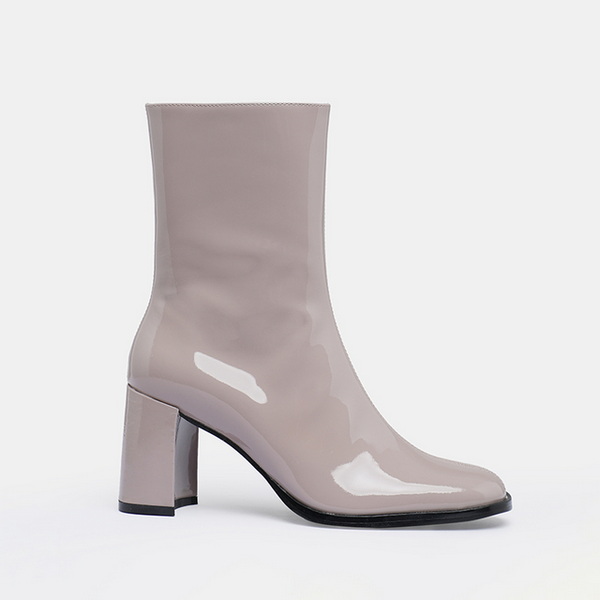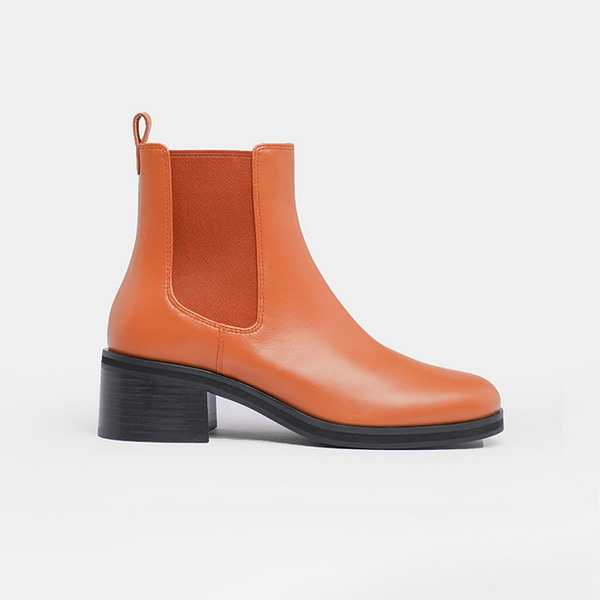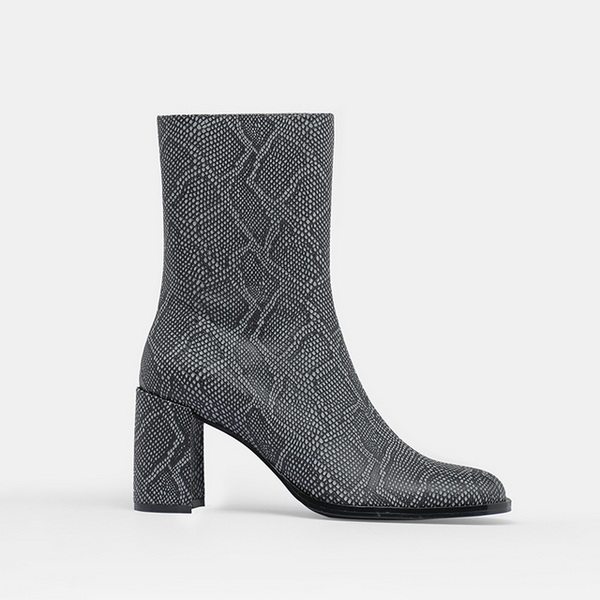Content Menu
● Introduction
● Historical Context of High Heels
● The Psychological Appeal
● The Science Behind High Heels
● Cultural Significance
● The Evolution of High Heel Design
● Health Considerations and Comfort Solutions
● The Future of High Heels
● Frequently Asked Questions
>> 1. What is the ideal heel height for everyday wear?
>> 2. How can you make high heels more comfortable?
>> 3. Are there any benefits to wearing high heels?
>> 4. How often should women wear high heels?
>> 5. What are the latest trends in high heel design?
Introduction
High heel shoes have been a staple in women's fashion for centuries, often sparking debates about their practicality, comfort, and cultural significance. This article explores the multifaceted reasons why women choose to wear high heels, delving into historical contexts, psychological impacts, and societal expectations.

Historical Context of High Heels
The origins of high heels can be traced back to the 10th century when Persian cavalrymen wore them to secure their feet in stirrups. Over time, high heels transitioned into women's fashion, particularly in Europe during the 16th century. They became a symbol of status and wealth, as only the affluent could afford such luxury footwear. By the 18th century, high heels were associated with femininity and elegance, solidifying their place in women's wardrobes.
During the French Revolution, high heels briefly fell out of favor as they were associated with aristocracy. However, they made a dramatic comeback in the mid-19th century, thanks to photography and the rise of pin-up culture. The invention of the sewing machine also made shoe production more efficient, making heels more accessible to the general public.
The Psychological Appeal
One of the primary reasons women wear high heels is the psychological boost they provide. Many women report feeling more confident and empowered when wearing heels. The added height can enhance posture, making the wearer appear taller and more commanding. This change in stature can influence how women perceive themselves and how they are perceived by others.
High heels can also create a sense of femininity and allure. The way heels accentuate the legs and alter the gait can draw attention and admiration. This aspect of high heels is often linked to societal standards of beauty, where taller women are frequently viewed as more attractive.
The Science Behind High Heels
Research has shown that wearing high heels affects more than just appearance. The elevated heel position changes the biomechanics of walking, engaging different muscle groups and altering the natural alignment of the spine. This can lead to increased muscle activity in the calves and thighs, creating a more pronounced feminine gait.
Studies have also examined the impact of high heels on attraction and mate selection. The altered posture and movement patterns created by high heels can enhance certain physical features that are traditionally associated with femininity and attractiveness.
Cultural Significance
High heels are deeply embedded in various cultures around the world. In many societies, they are seen as a rite of passage into womanhood. For instance, young girls may wear heels for special occasions, symbolizing their transition into adulthood. In professional settings, heels are often considered part of a polished and sophisticated appearance, reinforcing traditional gender roles where women are expected to present themselves in a certain way.
Moreover, high heels have been used as a form of self-expression. Women often choose heels that reflect their personal style, whether it be bold and colorful or classic and understated. This choice allows women to convey their individuality and creativity through their footwear.
The Evolution of High Heel Design
Modern high heel design has come a long way from its historical roots. Today's designers incorporate advanced materials and engineering principles to create more comfortable and stable heels. Memory foam insoles, reinforced arch support, and strategic weight distribution are just some of the innovations making high heels more wearable.
The variety of heel styles has also expanded dramatically. From stilettos to block heels, wedges to kitten heels, women now have numerous options to suit their preferences and comfort levels. This diversity reflects the growing recognition that different occasions and lifestyles require different types of footwear.

Health Considerations and Comfort Solutions
While high heels remain popular, there's increasing awareness of their potential health impacts. Long-term wear can affect foot structure, posture, and joint health. Medical professionals often recommend limiting heel height and wearing time to prevent chronic issues.
In response, many brands now focus on creating ergonomic designs that minimize these risks. Features like wider toe boxes, cushioned insoles, and graduated heel heights help make high heels more comfortable without sacrificing style. Some companies even offer customizable options to accommodate different foot shapes and sizes.
The Future of High Heels
As fashion continues to evolve, so too does the perception of high heels. The rise of athleisure and casual wear has led to a shift in how women approach footwear. While high heels remain a popular choice for formal occasions, many women are opting for more comfortable options in their daily lives.
Fashion designers are responding to this trend by creating hybrid styles that blend the elegance of high heels with the comfort of flats. This evolution reflects a broader societal shift towards valuing comfort and practicality without compromising style.

Frequently Asked Questions
1. What is the ideal heel height for everyday wear?
The recommended heel height for regular wear is between 1-2 inches. This height provides a good balance between style and comfort, minimizing strain on the feet and back while still offering the benefits of elevated height.
2. How can you make high heels more comfortable?
To increase comfort, consider using gel inserts, choosing shoes with platform soles to reduce the effective heel height, ensuring proper fit, and gradually breaking in new shoes. It's also important to choose quality materials and construction.
3. Are there any benefits to wearing high heels?
Yes, high heels can improve posture, enhance confidence, strengthen calf muscles, and provide a professional appearance in certain settings. However, these benefits should be weighed against potential health risks.
4. How often should women wear high heels?
It's recommended to limit high heel wear to special occasions or alternate with other shoe types throughout the week. Taking breaks and stretching regularly can help minimize potential negative effects.
5. What are the latest trends in high heel design?
Current trends include sustainable materials, adjustable heel heights, smart cushioning technology, and designs that prioritize both style and comfort. There's also a growing market for customizable and orthopedically-designed high heels.

















